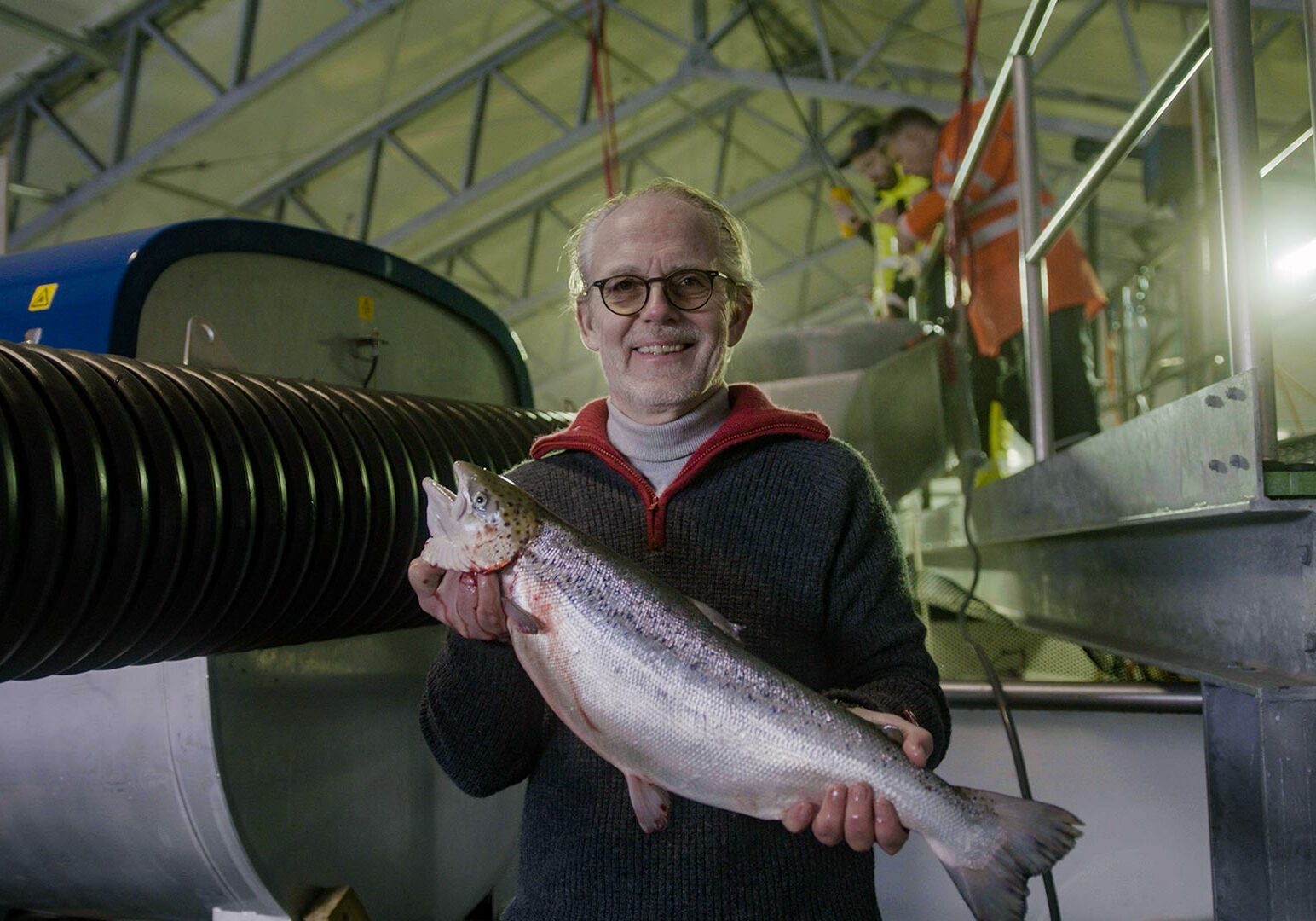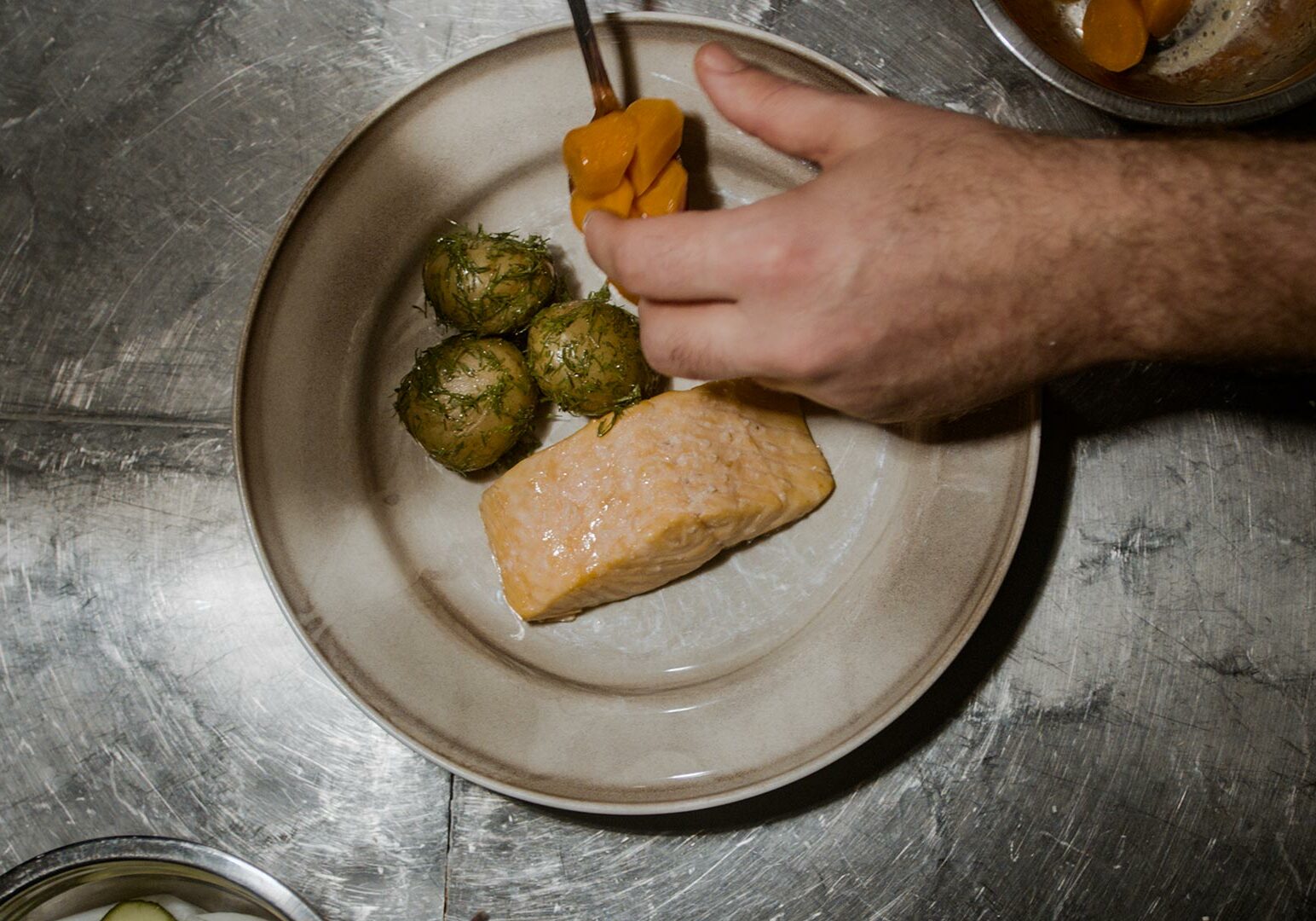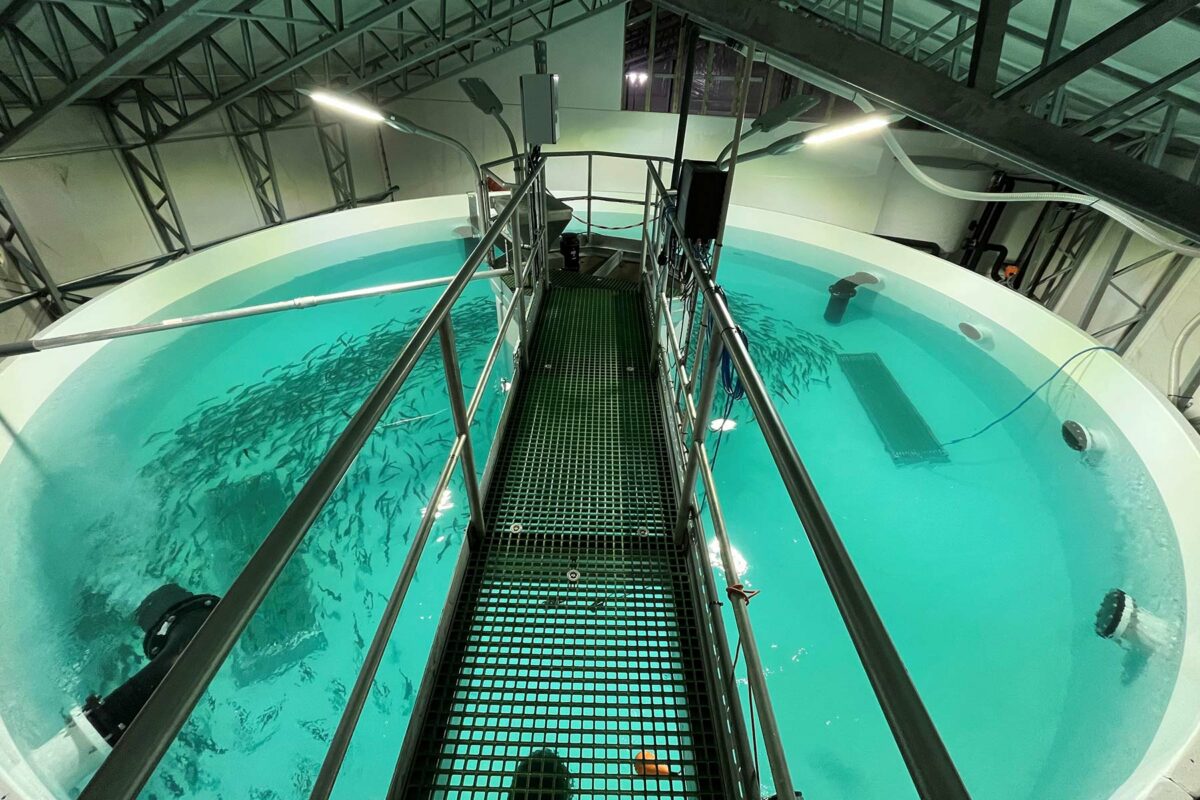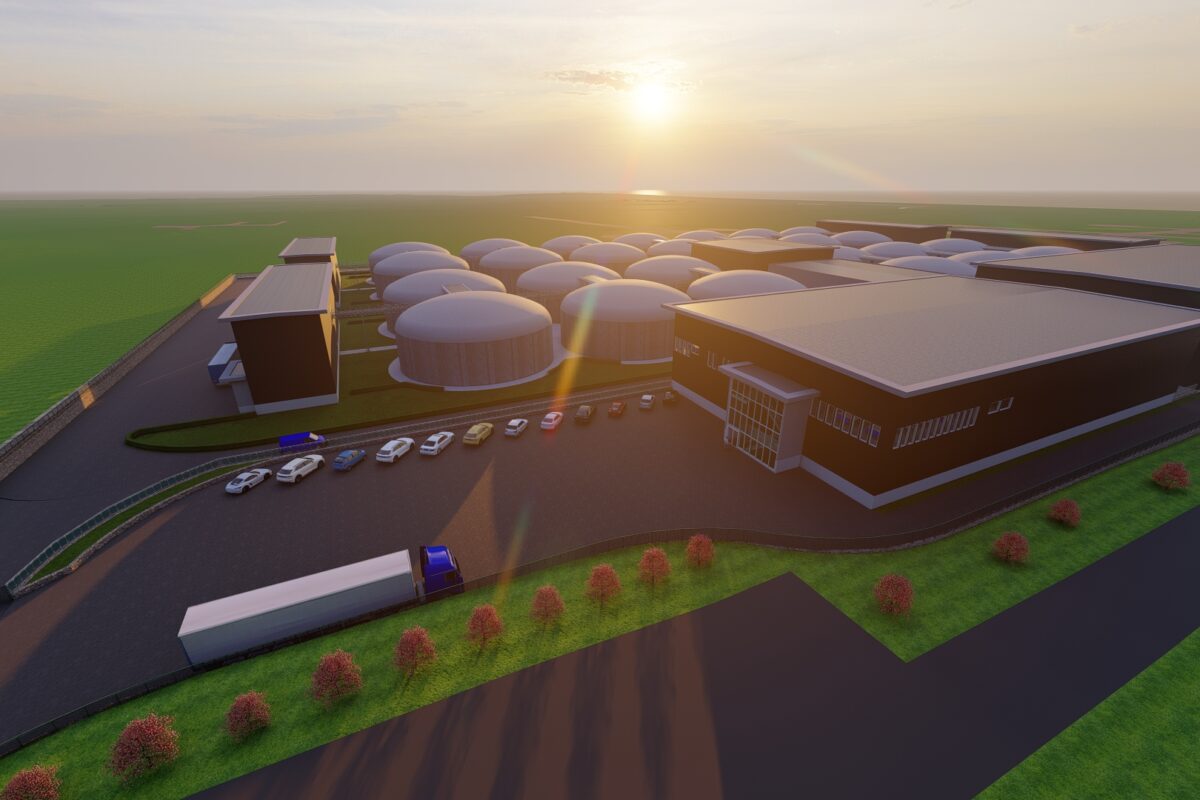Our salmon
Premium salmon from sustainable farming

With new technology and circular solutions, we are creating the future of sustainable salmon farming.
Salmon is a healthy and easily digestible protein source, which is rich in omega-3 fatty acids, proteins and fat-soluble vitamins, such as vitamin D, selenium, vitamin B12, vitamin A, iodine and antioxidants.
Salmon's nutritional properties and taste have made it a sought-after food globally, and Norwegian salmon contributes to meeting the food needs of a growing world population.
Therefore, we have made it our purpose to create solutions for salmon production with lowest possible environmental impact, improved fish welfare, and high-quality.
Premium salmon with a low environmental footprint
Our land-based facilities consist of independent tank units connected to sludge handling and CO2–capture. All water recycling is isolated to each individual tank, ensuring stable water quality, reduced emissions, and avoiding cross-contamination to the rest of the farming facility.
In our production process, CO2 from the fish's respiration is captured and recycled back through the fish feed. This eliminates CO2-emissions from the fish farming facility.
By converting CO2 to proteins that can be used in the fish feed, the total carbon saving is 2.2 kg CO2 per kg round fish, compared to protein from soy production. Preliminary calculations indicate that around 30% of the fish feed can be produced through carbon recycling, resulting in an estimated 40% reduction in carbon footprint compared to traditional farming.
This circular process will help to significantly reduce the deforestation effect from soy production, as soy for fish feed is very land-intensive. Our solution requires 700 times less land than soy production, to produce the same amount of protein.
Because the facilities are also compact and space-efficient, they can be placed close to consumers and reduce the environmental footprint from transport and logistics. Full control and low mortality provide stable production and contribute to better welfare for the fish.
Better fish welfare
The experience from our pilot tank shows that we have good control over the fish and fish health. We have achieved low mortality rate and improved fish health. Our method for sludge management and CO2-catch, provides better water quality and living conditions for the fish.
With closed system, we also avoid salmon lice, diseases and challenges linked to feed waste and other resource leaks. This leads to a strong reduction in the environmental impact from the farming facility, and minimal handling of the fish itself.
Furthermore, the land-based facilities prevent the escape of salmon. Escaped farmed salmon pose a threat to biodiversity as they can negatively impact wild salmon by reducing genetic diversity, increasing parasite transmission, and competing for spawning grounds.
Having full control allows us to ensure a consistent supply of a premium product.
Full control of the salmon from the farm - to the dinner table
EFC has received exclusivity from Queen's University in Belfast to use their biomarkers as trace identifiers in salmon fillets.
These biomarkers are completely natural and harmless, providing us with valuable information about the origin of the fish, the quality of the feed it has consumed, the conditions of the water in the tank and a host of other measurable data points.
By utilizing these biomarkers, we maintain full control and transparency over the food quality, fish health and the environmental impact of our salmon. This enables us to serve customers a premium salmon that has thrived in a healthy and enriching environment, with minimal impact on the environment.
EFC is creating a salmon industry for the future so that you can eat high-quality salmon - with a clear conscience.


